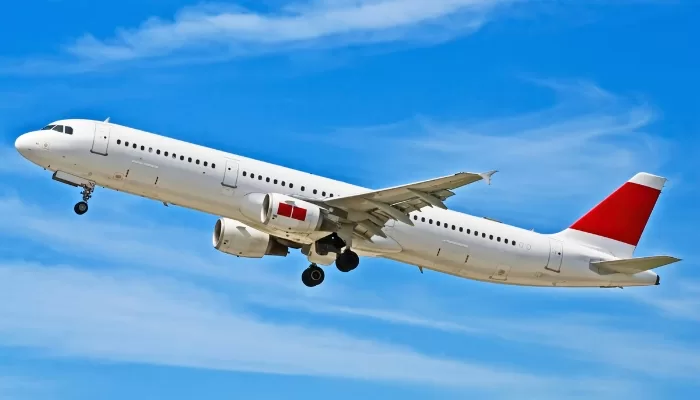Business
Cutting Back to Stay Afloat: How Low-Cost Airlines Are Adapting

- Low-cost airlines are deferring new aircraft deliveries and reducing routes to manage rising operational costs and financial strain.
- Carriers are grounding planes and cutting amenities to conserve cash amid fluctuating travel demand and rising fuel prices.
- Despite these cutbacks, budget airlines still offer value, though the era of ultra-low fares may be ending.
In recent years, low-cost airlines have become popular among travelers looking for low-cost flights with no frills. However, as the global economy faces continuous troubles, even these low-cost carriers are feeling the strain. Rising fuel prices, increased operational costs, and unpredictable demand are forcing low-cost airlines to reconsider their plans and cut back on previously emphasized areas, such as the purchase of new planes.
Financial Strain on Low-Cost Carriers
Low-cost airlines, famed for offering lower rates by reducing overheads, are now facing economic realities that force them to tighten their belts. After years of aggressively growing their fleets and routes, many of these airlines are suddenly halting or reversing course.
One of the most severe cuts is in the acquisition of new aircraft. While new planes are critical for preserving fuel economy and lowering long-term costs, the initial investment is significant. Airlines such as Spirit, JetBlue, and Frontier have begun postponing the delivery of new aircraft in order to save money and better manage debt.
Key Areas of Cutbacks
- Deferred Aircraft Deliveries: To save billions of dollars, numerous low-cost carriers are delaying the purchase of new aircraft. For example, JetBlue is delaying the delivery of 44 Airbus A321 aircraft, while Frontier has postponed the delivery of 54 new Airbus aircraft until at least 2029. This method allows airlines to avoid the immediate financial burden of purchasing new planes while focusing on recovering from previous losses.
- Route Reductions: Low-cost airlines are likewise reducing their route networks. By decreasing the number of destinations served, companies can direct their resources toward more profitable routes. This method reduces operational costs while maximizing income on fewer trips.
- Aircraft Groundings: Maintenance concerns and decreased demand have caused certain carriers to temporarily ground portions of their fleet. Spirit Airlines, for example, has been heavily impacted by engine recalls, resulting in the grounding of some aircraft. This method enables airlines to reduce needless operational costs while navigating supply chain and maintenance problems.
- Fare Adjustments and Reduced Amenities: Despite their reputation for inexpensive costs, some budget airlines have been compelled to introduce moderate fare hikes. In addition, to save money, services like in-flight meals, baggage allowances, and seat selection options are being decreased or abolished. These modest adjustments reflect the mounting financial strain on these carriers.
The Bigger Picture: Why Are These Changes Happening?
The cost of jet fuel has continually increased, accounting for a considerable amount of an airline’s expenses. Rising fuel prices make it harder for low-cost airlines to sustain their competitive advantage, as their business model is based on tight profit margins.
Operational costs have also increased, with airport fees and maintenance prices rising. With fluctuating demand due to economic uncertainties, low-cost airlines find themselves in a hazardous situation where they must strike a balance between cost-cutting and preserving service quality.
What Does This Mean for Travelers?
For travelers, these cutbacks may result in fewer flight options and slightly increased rates. However, low-cost airlines continue to provide value when compared to major carriers. Travelers can continue to get great prices by being flexible about their vacation dates and places, as well as reserving early.
As the aviation business evolves, low-cost airlines must adapt to survive. While the days of ultra-low fares may be numbered, these airlines will most certainly discover new ways to give affordable travel options in the long term.




















































